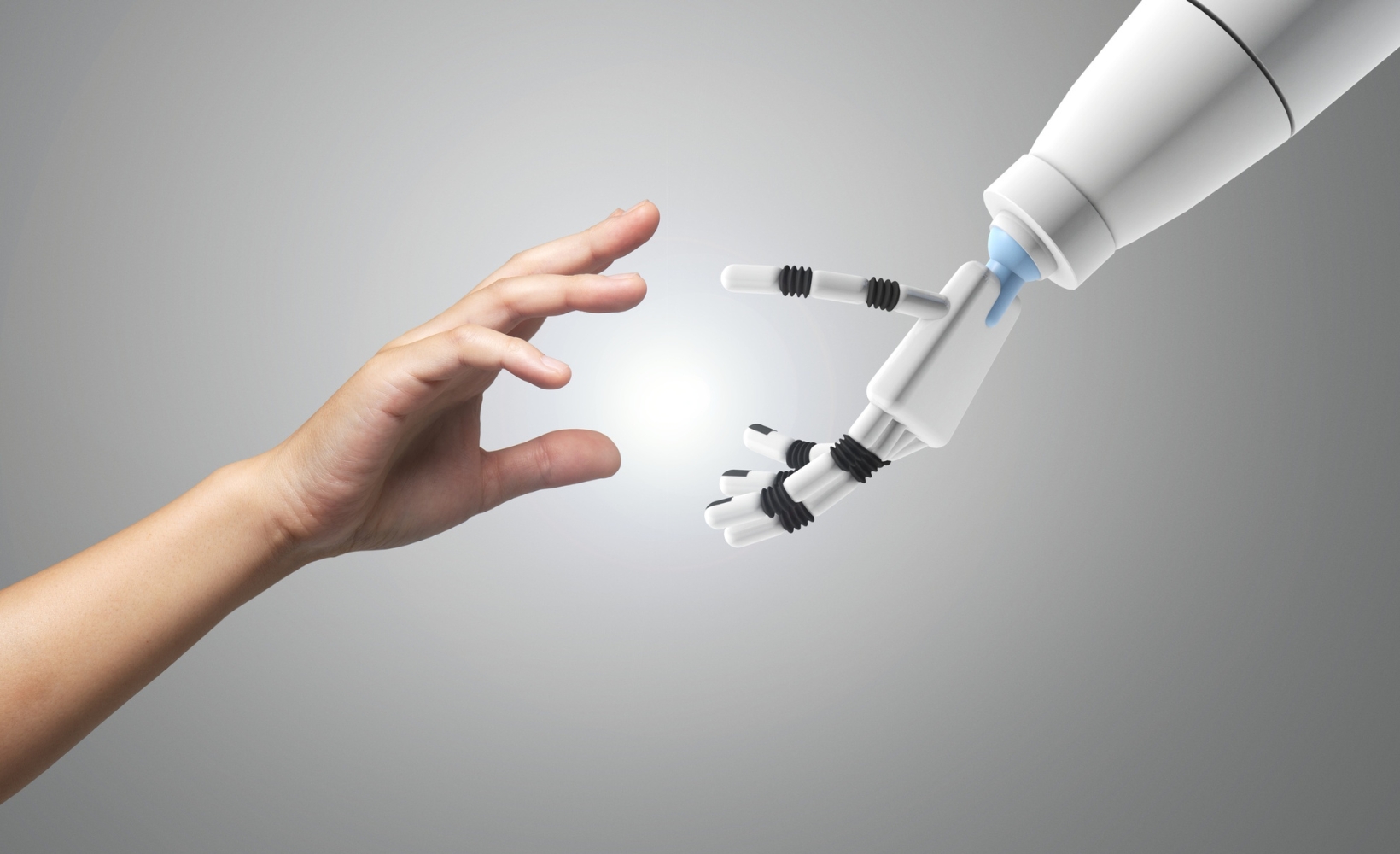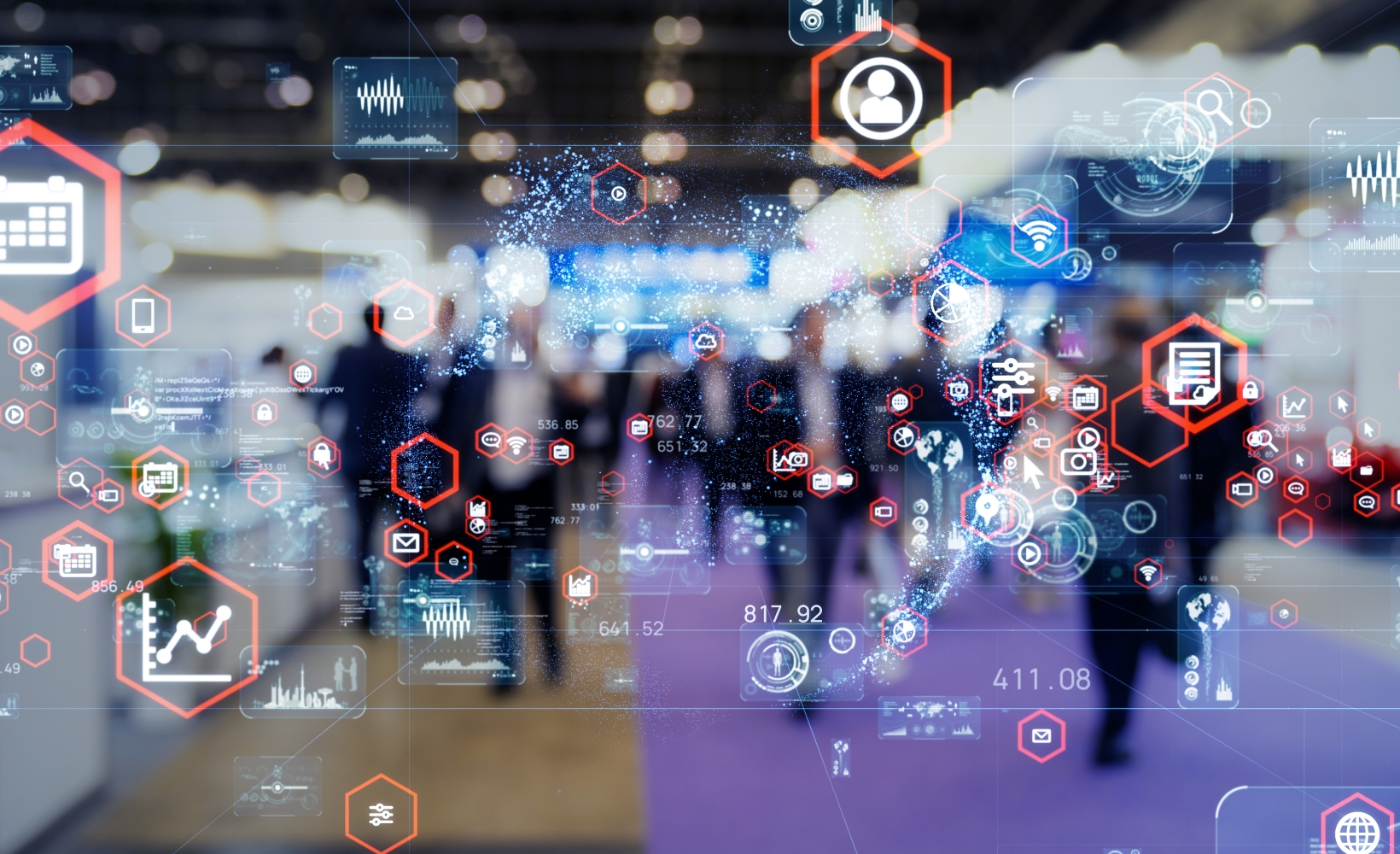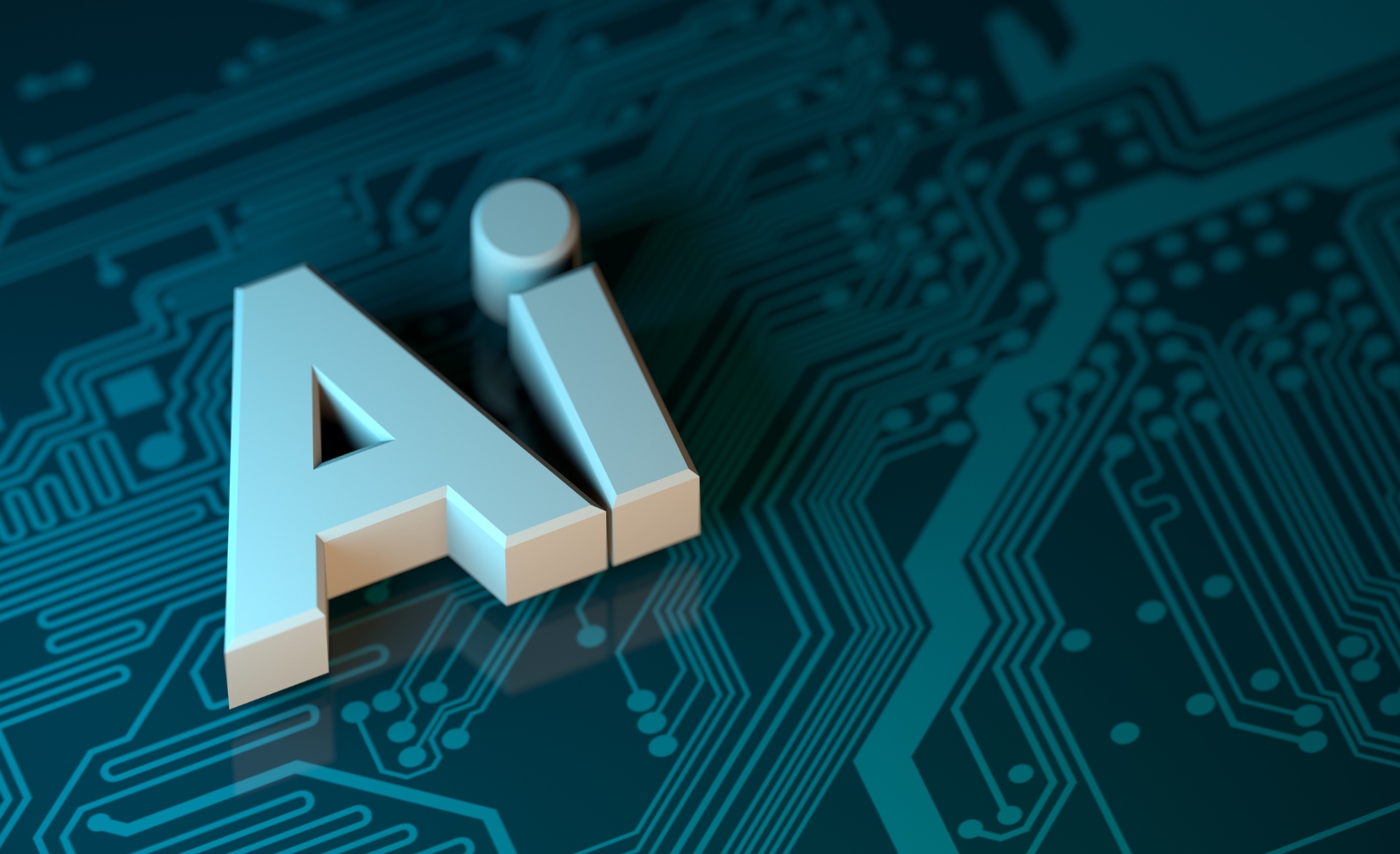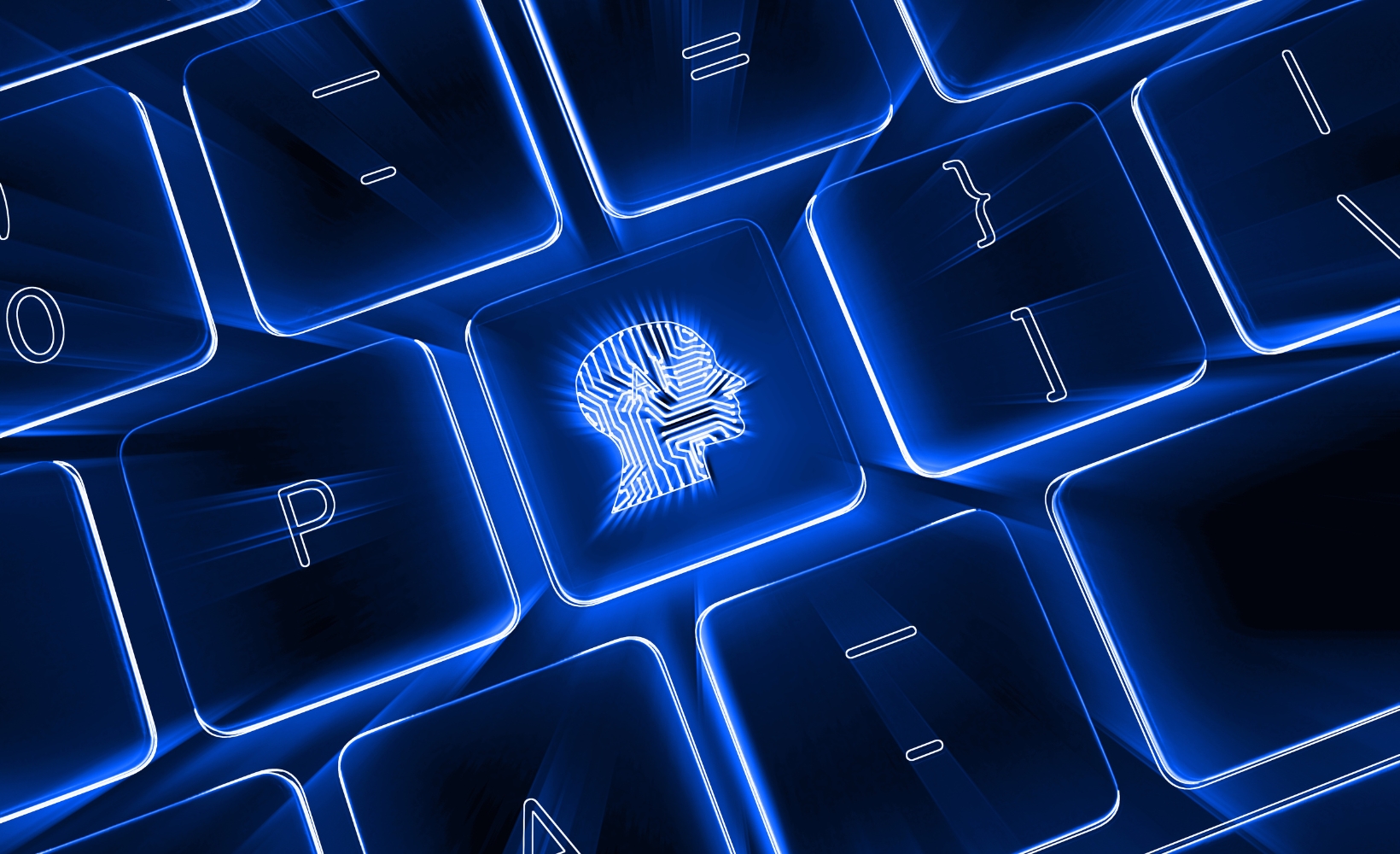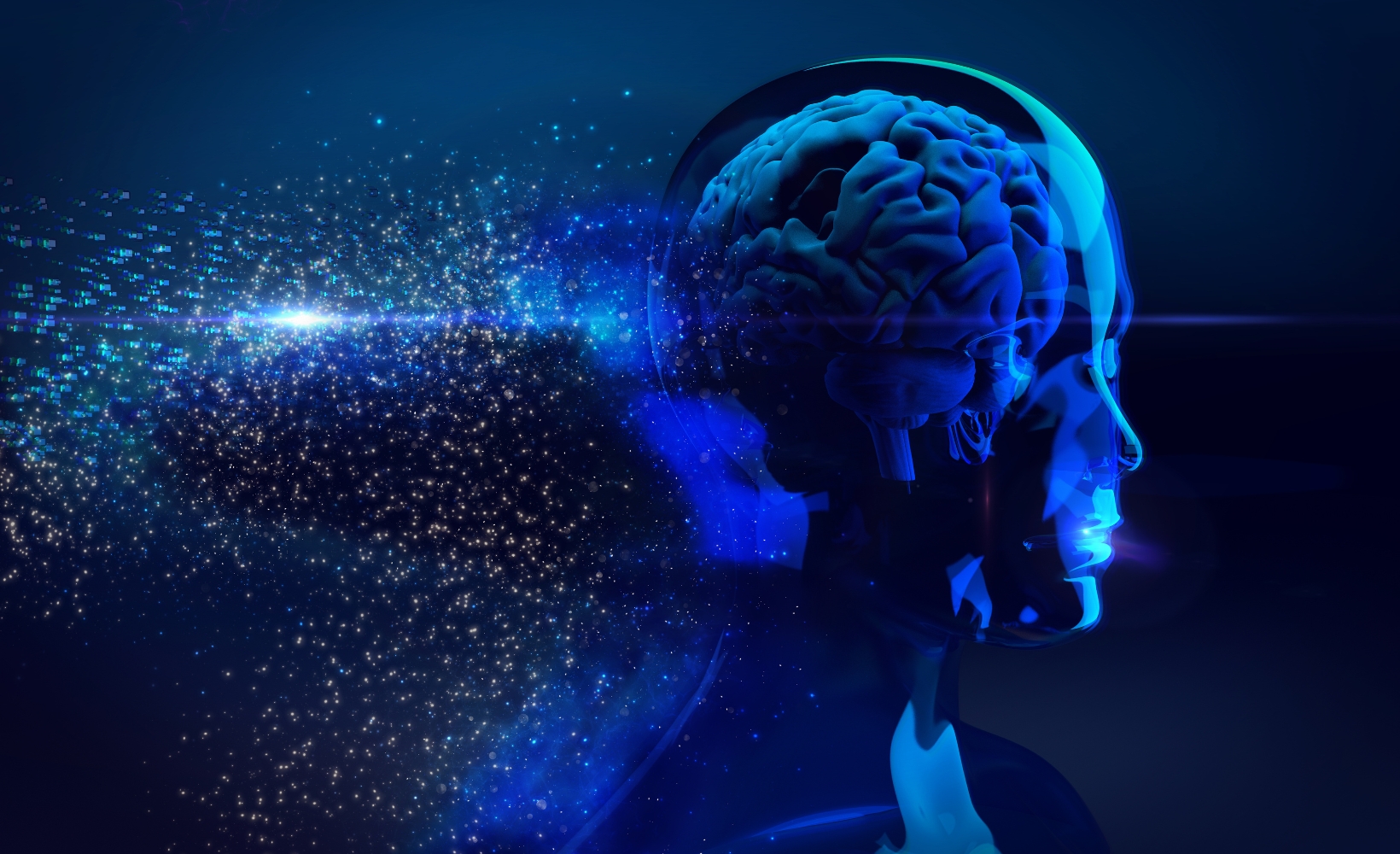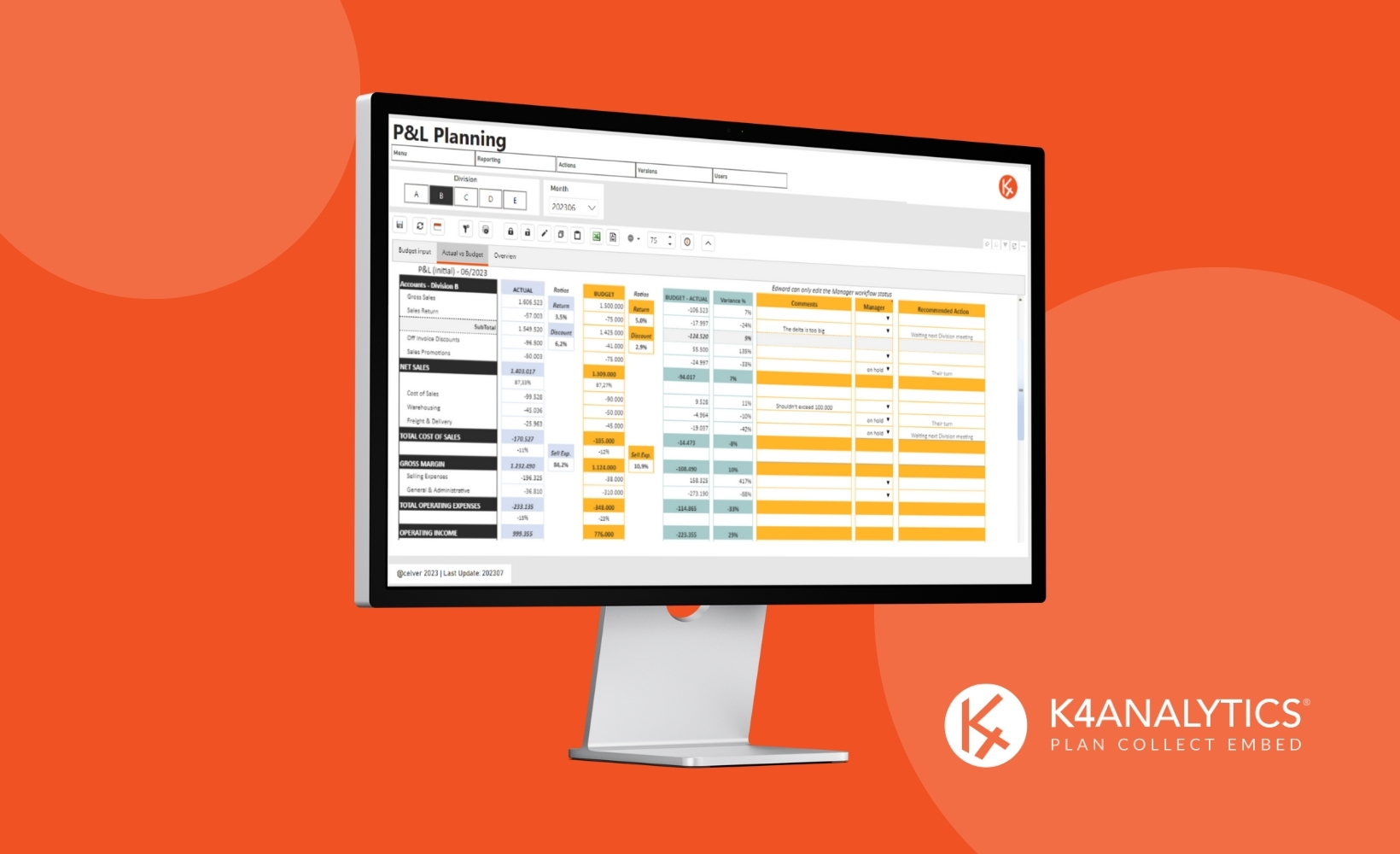Almost everyone agrees that artificial intelligence (AI) will have a major transformative effect on the global economy. What is less clear today is what that change will look like: will it affect employment? to what extent? will it enable business model changes based on the new capabilities of AI itself? will it achieve a complete and new redistribution of wealth?
In this article, we explore this fascinating topic: the new economy of artificial intelligence, and the changes and impacts it will have on businesses, their organization, and their decision-making processes.
A New Business Economy: Efficiency and Transformation
Today, many economists consider artificial intelligence to be a general-purpose technology. That is, a technology that could transform society in a way similar to past technological advances such as the steam engine, electrification, or computing.
These general-purpose technologies (GPTs, not to be confused with GPT as in ChatGPT, which stands for ‘Generative Pre-trained Transformer’) tend to impact the economy in three phases.
The first phase occurs when the technology is new, not widely adopted, and its productivity benefits are relatively small. We could say that now, at the end of 2025, we are in this phase.
AI, as of today, allows companies to automate repetitive tasks such as customer service, document classification, quality control, data analysis, or inventory management. This automation translates into lower operating costs and increased efficiency and productivity.
During a second phase, the technology improves, implementation costs fall, and its adoption skyrockets, leading to a significant increase in global productivity. Finally, in the third phase, the law of diminishing returns comes into play: the pace of improvement slows, and so do the productivity gains.
What has been observed in every past ‘technological revolution’ is that the time required to go through these phases—from the appearance of the technology to its major impact—is becoming shorter and shorter. And AI seems poised to break records.
Therefore, although this trend is already visible, it is to be expected that in the short term, artificial intelligence will boost productivity, understood as ‘achieving more with the same resources.’
But assuming that this will ‘just happen’ is an oversimplification that does not reflect reality. We are facing scenarios that involve many more variables, such as those we discuss below. Those who understand and incorporate them into their strategies will take the lead in this fast-paced race.
The Need to Invest to Capture AI’s Value Effectively
One of these variables is economic. Adopting AI is not limited to installing software; it requires investment in technological tools, high-quality data, staff training, and process redesign. In addition, it may be necessary to develop or hire new professional profiles specialized in AI.
This may be a barrier to entry for many organizations today, although as experts we believe it is undoubtedly the best approach to ensure that the implementation of AI is effective and sustainable: investing today to secure the best market position and maximize the technology’s potential in the medium term.
Changes in Staff Structure and Functions
The impact of technology on staff is undoubtedly another of the major debates on the table.
AI is redefining the organizational structure of companies. Some traditional functions are disappearing or being reduced, while others are being transformed. For example, a data analyst may now focus on validating and contextualizing the results provided by AI, rather than performing the analysis itself.
Although there is a widespread fear that AI will eliminate many jobs, the reality seems different, as indicated by a study from the National Bureau of Economic Research. It states that 9 out of 10 businesses using AI have not made changes to the number of employees and have no intention of doing so. Among the remaining companies that do plan to make changes, some intend to increase their workforce while others plan to reduce it.
Work Reorganization and Decision-Making
Considering the previous point, it seems logical to think that AI will be more of a support and aid to workers rather than a replacement. This becomes particularly clear when we talk about its impact on decision-making.
Advanced AI tools in specific functions such as finance, legal, marketing, or human resources rely precisely on this collaboration between humans and intelligent systems, enhancing decision-making and fostering a culture of innovation within the company. This allows humans to focus more on business vision and strategy tasks, while analytical tasks are handled by AI models.
Furthermore, the technology makes it possible to anticipate different scenarios based on decisions taken and compare them, which helps prepare for the various possibilities and challenges presented by an increasingly complex global environment.
From Product to Service: Strategic Evolution
Another interesting aspect is that many companies are evolving from selling products to offering data-driven services. For example, instead of selling machinery, they now provide predictive maintenance as a service. This shift involves new revenue models, metrics, and a mindset focused on the customer and the creation of continuous value.
The automation of processes with AI allows companies to significantly reduce operating costs, perform tasks with fewer resources, and free up staff to focus on strategic activities that bring greater value to the business.
Preparing People: Key to Success
Undoubtedly, another key factor to consider in any AI implementation strategy is staff preparation. The successful adoption of AI largely depends on the readiness and adaptability of teams.
It is essential to invest in employee training in digital skills, critical thinking, and collaboration with intelligent systems. Fostering a culture of continuous learning ensures that the organization is prepared for the challenges and opportunities AI presents, while also ensuring that its use aligns with the ethical principles and guidelines defined by each company.
Will Your Organization Join This Paradigm Shift?
As we have seen in this article (in which we have really only scratched the surface), AI is already redefining the business economy, offering opportunities to improve efficiency, innovate in business models, and strengthen competitiveness.
However, to fully leverage these benefits and avoid being left behind in this new revolution, it is important that companies adopt a strategic approach that includes:
- Identify areas where AI provides the greatest value.
- Detect the processes that should be prioritized.
- Start projects that deliver short-term results.
- Measure the impact using relevant metrics.
- Scale successful solutions to other areas of the organization.
Companies that anticipate and adapt to these changes will be better positioned to lead what some already define as a new industrial revolution.
At Holistic Data Solutions, we help companies understand and apply artificial intelligence to generate real competitive advantages. If you want to explore how AI can impact your business, don’t hesitate to contact us.
Related Articles
Operational management in the retail sector is complex for many reasons: the number of factors to consider, changes in trends [...]
Post on how to start a company from scratch with AI. It includes two main parts, one dedicated to predictive [...]
We have talked before in our blog about what Artificial Intelligence (AI) is and the difference between predictive and generative [...]

